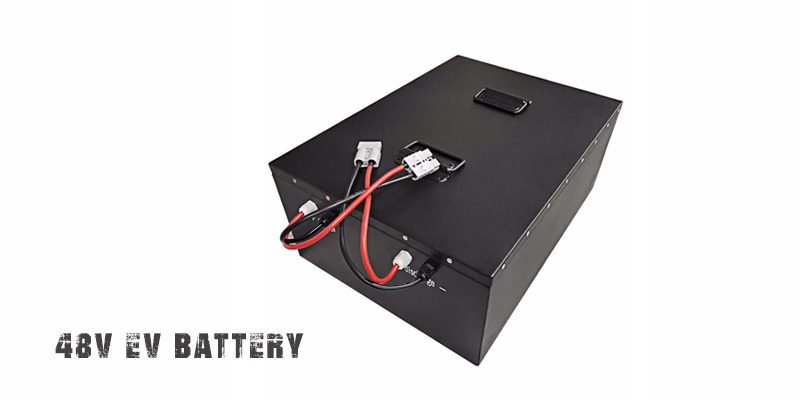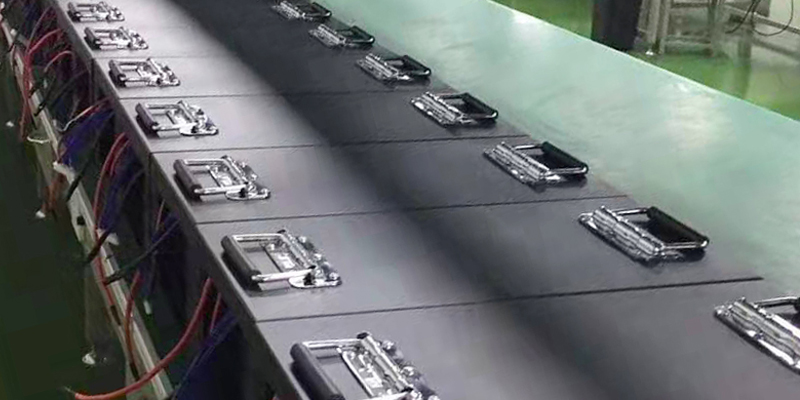The Best Golf Cart Batteries: Lithium Vs. Lead Acid
The golf cart market is evolving as more and more people are taking advantage of their versatile performance. For decades, deep-cycle flooded lead-acid batteries have been the most cost effective means to power electric golf cars. With the rise of lithium batteries in many high-power applications, many are now looking into the advantages of LiFePO4 batteries in their golf cart.
While any golf cart will help you get around the course or neighborhood, you need to make sure it has enough power for the job. This is where lithium golf cart batteries come into play. They’re challenging the lead-acid battery market due to their many benefits that make them easier to maintain and more cost-effective in the long run.
Below is our breakdown of the advantages of lithium golf cart batteries over lead-acid counterparts.

Carrying Capacity
Equipping a lithium battery into a golf cart enables the cart to significantly increase its weight-to-performance ratio. Lithium golf cart batteries are half the weight of a traditional lead-acid battery, which shaves off two-thirds of the battery weight a golf cart would normally operate with. The lighter weight means the golf cart can reach higher speeds with less effort and carry more weight without feeling sluggish to the occupants.
The weight-to-performance ratio difference lets the lithium-powered cart carry an additional two average-sized adults and their equipment before reaching carrying capacity. Because lithium batteries maintain the same voltage outputs regardless of the battery’s charge, the cart continues to perform after its lead-acid counterpart has fallen behind the pack. In comparison, lead acid and Absorbent Glass Mat (AGM) batteries lose voltage output and performance after 70-75 percent of the rated battery capacity is used, which negatively affects carrying capacity and compounds the issue as the day wears on.
No Maintenance
One of the major benefits of lithium batteries is that they require no maintenance whatsoever, whereas lead-acid batteries regularly need to be checked and maintained. This ultimately results in saved man hours and the extra costs of maintenance tools and products. The lack of lead-acid means that chemical spills are avoided and the chance of downtime on your golf car is drastically reduced.
Battery Charging Speed
Regardless if you’re using a lead-acid battery or a lithium battery, any electric car or golf cart faces the same flaw: they have to be charged. Charging takes time, and unless you happen to have a second cart at your disposal, that time can put you out of the game for a while. A good golf cart needs to maintain consistent power and speed on any course terrain. Lithium batteries can manage this without a problem, but a lead-acid battery will slow the cart down as its voltage dips. Plus after the charge has dissipated, it takes an average lead-acid battery roughly eight hours to recharge back to full. Whereas, lithium batteries can be recharged up to 80 percent capacity in about an hour, and reach full charge in less than three hours.
Plus, partially-charged lead-acid batteries sustain sulfation damage, which results in significantly reduced life. On the other hand, lithium batteries have no adverse reaction to being less than fully charged, so it’s okay to give the golf cart a pit-stop charge during lunch.

Eco-Friendly
Lithium batteries put less strain on the environment. They take significantly less time to fully charge, resulting in using less energy. They do not contain hazardous material, whereas lead-acid batteries, as the name suggests, contain lead which is harmful to the environment.
Battery Cycle Life
Lithium batteries last significantly longer than lead-acid batteries because the lithium chemistry increases the number of charge cycles. An average lithium battery can cycle between 2,000 and 5,000 times; whereas, an average lead-acid battery can last roughly 500 to 1,000 cycles. Although lithium batteries have a high upfront cost, compared to frequent lead-acid battery replacements, a lithium battery pays for itself over its lifetime. Not only does the investment in a lithium battery pay for itself over time, but big savings can be made in the way of reduced energy bills, maintenance costs, and possible repairs that would otherwise need to be made to heavy lead-acid golf cars. They also just perform better overall!
Are Lithium Golf Cart Batteries Compatible?
Golf carts designed for lead-acid batteries can see a significant performance boost by swapping the lead-acid battery to a lithium battery. However, this second wind can come at an instillation cost. Many lead-acid equipped golf carts need a retro-fit kit to operate with a lithium battery, and if the cart manufacturer doesn’t have a kit, then the cart will need modifications to operate with a lithium battery.


